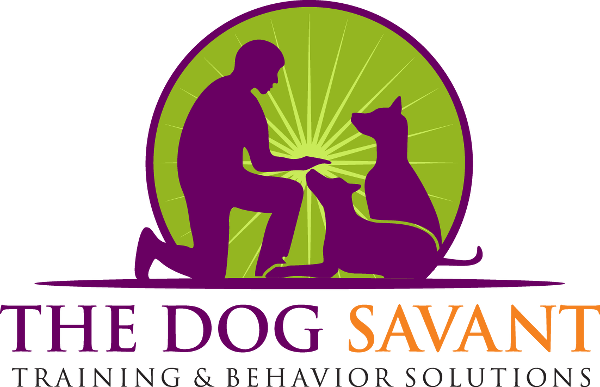The purpose of the pack leader’s “to do” list is to cover the common events in everyday life that we create around our dogs. Usually unbeknownst to us! This can become problematic though because dogs who are highly sensitive have a great potential to get caught up in our ebbs and flows by feeling they need to keep more track of our lives than they can handle since we are paying attention to what they find important as another dog would. Even us doing our normal routines and moving about our house can create a constant overwhelming ”what’s next?” type of feeling for your dog. this is simply because we are not aware of a dog’s every move while we are living our lives and coexisting with them. When this happens for some dogs, they feel they are getting enough direction (as a working dog is naturally bred to do) it then creates the over-thinking that can lead to problem behaviors such as separation anxiety and just an overall impulsive approach to everyday life that is not necessary and times debilitating for these poor dogs.
By remaining one step ahead of your dog’s agenda and using meaningfully delivered commands to help guide their mind and body through these times of life they are becoming too concerned with, you will begin to prove to them that you are on the case and that your leadership can guide them through all of life’s transactions, both big and small.
Walks: This is the most important transition to consider, as on a walk you are showing your dog that you have the ability to guide the pack through new environments and social interactions while maintaining balance for all.
Greetings: Every time new people or other members of the household arrive dogs must be led through. Even if a surprise guest or delivery arrives, a dog may try to act the part of the leader who creates balance for the sake of the pack.
Guests and gatherings: After the greeting has been negotiated the training continues while the guest stays. This is done by linking the moving and placement commands to provide the step-by-step guidance many dogs’ minds require during this period of transition.
Mealtimes: This applies to both human and dog mealtimes.
Time of day: In the morning, while you are getting ready, dogs like to “get the action started” as they are anticipating the events the day holds: walks, travel, guests, arrival from work, weekends etc.
Doorways, room changes and stairs: Make sure that your dog is not physically beating you to the punch while you move between these spaces and make sure they are not physically projecting their mental rubber band while you are only keeping their body in the space. Even if you do not detect something as miniscule as a surface change (moving from carpet to tile or grass to pavement) then it can tell some highly sensitive dogs you aren’t completely immersed in their world.
Prior to playtime and other activities: Encourage your dog not to get overstimulated once playtime begins and make them work for their leisure activities before they just go for it.
Interactions with other pets and family members: Some dogs feel the need to referee and keep track of interactions that are not their business. For example, you may be petting one dog and the other dog is drawn to it (this is not jealousy). Or you could be playing with your children and your dog has to be right where the action is.
Subtle transitions: Your dog may monitor your movement around the house, even just as you perform chores and everyday tasks like cleaning, cooking, talking on phone, working from home etc. Even a trip we take to the bathroom can be more than some dogs can handle!

